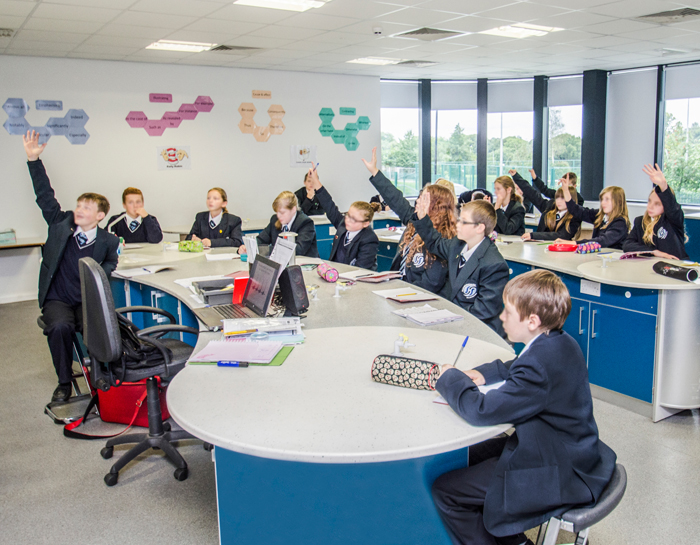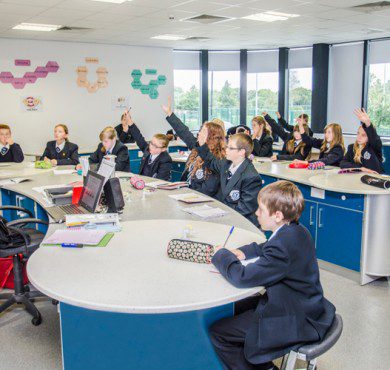Will the Appeal Process Make it Harder to Design Classrooms?
As we have previously reported, the demand for school places is growing at an amazing rate. An upturn in birth rates since 2002 means that a large number of additional school places have to be created – by building new schools or increasing classroom sizes. However, it seems that the current demand for places in sought-after schools is outstripping the availability – leading to a rising number of parents launching school place appeals.
A staggering 54,600 appeal cases were lodged by parents for the 2014/15 school year, an 8% increase on the previous year. Over 20% of the appeals were successful, with the schools and local authorities allowing the students to attend the school of their choice. These changes could make it difficult for schools to accurately anticipate the number of students for the following school year.
Parents are even being encouraged to lodge an appeal even if the chances of success are minimal.
Matt Richards, senior partner at schoolappeals.com, said: “With increased awareness through social and traditional media, coupled with improved and accessible guidance and professional support available to parents, those that are unhappy with the school offered to them are challenging the decision.
“Chances of success for those that prepare properly are also reasonable and an appeal is always well worth considering.”
Figures released earlier this year indicate that 15.8% of secondary school students did not earn a place in their first choice school, a slight increase from last year when 14.8% of students did not receive a place in their chosen school. This could lead to more parents seeking an appeal in the future.
These developments could encourage schools to design and create more flexible classrooms in the future – efficiently accommodating the school year’s intake regardless of demand and class sizes.
It could prove difficult for schools to produce a long-term plan which anticipates the number of students applying for places in 5, 10 or 20 years. By creating flexible classrooms, it is possible for the schools to cater for any level of demand. This progressive design process can allow the classroom to meet student number demand for years – potentially removing the need for expensive re-designs and budgeting for additional classrooms in the future.
Further news, emerging over the past week, could also impact school applications. The first new UK grammar school for half a century has been announced in Sevenoaks, Kent – potentially sparking a new wave of similar establishments.
Grammar schools operated in a slightly different manner to many current schools which require prospective students to live within a catchment area to stand a chance of earning a place in the school. However, grammar schools only require the students to pass an 11-plus examination. This could make it even more difficult to anticipate the number of applications a school may receive every academic year.
If this gives students more freedom to choose where to continue their secondary school education, schools may be forced to increase their appeal by providing more varied and robust courses. Eye-catching features such as modern interiors and the implementation of progressive learning techniques may be utilised to help increase roll call.
Whilst parents may just be trying to get their kids into the best possible school, their appeal processes could be changing and dependent on how schools operate and the standards of education they provide.
The Innova Design team can help your school develop flexible classrooms which fit into a long term plan. Creating bespoke designs; Innova can support all the immediate and future needs of a school.
Contact
To discover how Innova can help you at any stage of the classroom design process, from concepts to completion visit our homepage or call our dedicated team on 0161 477 5300.





